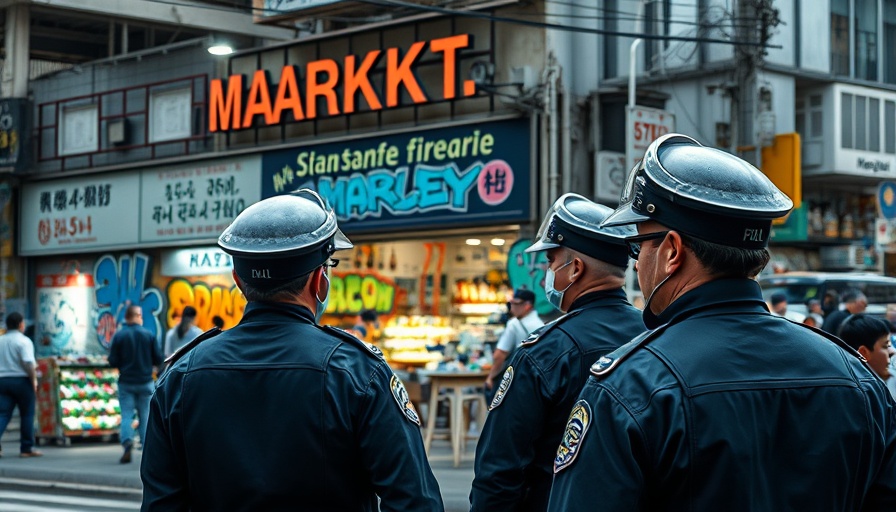
Examining Community Transformation Amid the Crackdown
As San Francisco continues its 16th Street initiative, a trend toward community transformation emerges. This ongoing effort, marked by increased public safety and enforcement against local crime, has stirred optimism among residents and city officials alike. The story unfolds through the eyes of Paul Hayward, a DPW code enforcement supervisor whose vision for the area encapsulates more than just immediate cleanliness; it encompasses a cultural revival.
From Cleanup to Cultural Revival: A New Approach
“I want to see traditional arts and culture here in the plazas,” says Hayward, reflecting a growing sentiment that speaks to restoring community pride. While the visible cleanup of litter and resolution of issues such as graffiti and sidewalk obstructions are essential, Hayward’s desire to incorporate arts suggests a shift from merely managing crises to cultivating a vibrant, engaging community atmosphere.
The Intersection of Safety and Societal Healing
Contained within the structured buzz of enforcement operations lies a serious acknowledgment that community safety and cultural enrichment are deeply intertwined. Public spaces often serve as reflections of their neighborhoods, and by fostering a culture of safety that embraces artistic expression, the neighborhood can reconnect after years of social strain.
A Glimpse into Daily Life: Challenges on 16th Street
As the initiative unfolds, daily life in the Mission reveals challenges that outpace law enforcement capability. Notably, the striking images from the area show individuals managing their own realities, such as one man shouting about drug sales from a local hotel. This stark reminder of social issues highlights the need for broader engagement strategies that address root causes alongside visible changes.
Community Support: Residents Weigh In
Responses from community members along 16th Street indicate an appetite for change. Many residents express relief at the increased police presence. However, there remains a profound concern regarding how sustainable these changes will be without social programs that offer resources for individuals facing homelessness or other hardships. Building community connections is central to the success of this crackdown approach.
A Balancing Act for City Officials
Mayor Daniel Lurie’s evolving vision for San Francisco, as highlighted by Hayward, poses questions about the balance between enforcement and community support. How can officials ensure that policing does not alienate residents already battling socioeconomic challenges? The solution may lie in integrating local arts initiatives that foster dialogue, creativity, and collaboration among residents.
Local Insights: Understanding the Broader Context
The focus on San Francisco’s 16th Street is set against a backdrop of broader systemic challenges affecting urban areas in the U.S. Research indicates that without investment in community programs, efforts can fall flat. The key takeaway for city officials is to collaborate with various stakeholders, including artists, nonprofits, and residents, to develop a multi-faceted strategy that empowers rather than simply polices.
Moving Forward: What Lies Ahead?
Looking ahead, the next phase of the 16th Street initiative invites a question that transcends its geographical bounds: how can other urban centers learn from San Francisco’s approach and bolster their community resilience through similar cultural and safety initiatives? As this narrative of change continues to unfold, the significant impact of local culture on crime reduction and community identity will remain at its core.
To stay updated on community developments in San Francisco and beyond, consider becoming an active participant in local initiatives while keeping informed about city policies and cultural events.
 Add Row
Add Row  Add
Add 




 Add Row
Add Row  Add
Add 

Write A Comment